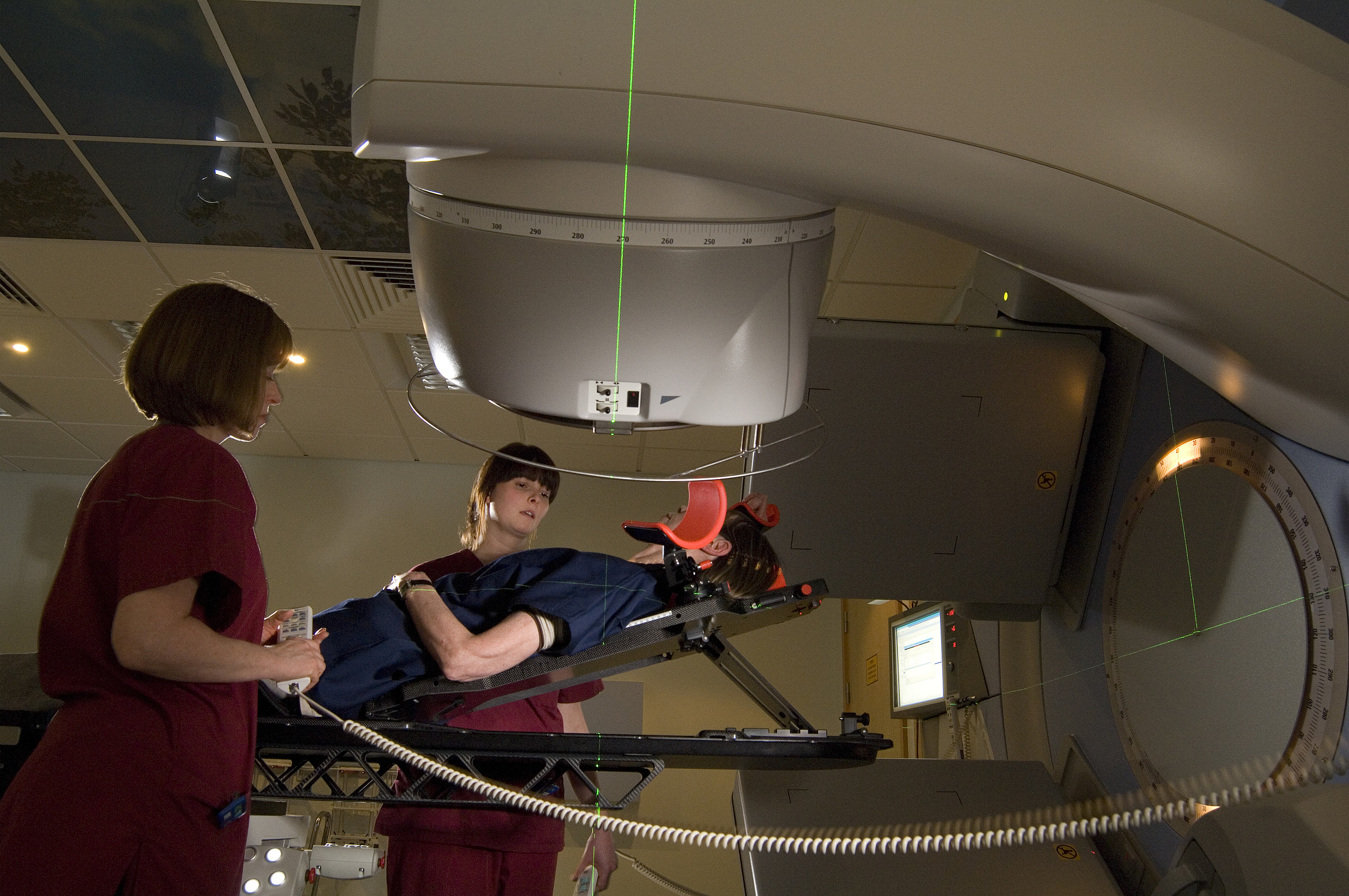
The Cancer Taskforce launched its strategy this week. The strategy considers how to deliver better prevention, swifter diagnosis and improved treatment and care for all cancer patients. PHE played a significant part in its development.
All of the priorities highlighted in the strategy seek, in some form, to address inequalities in cancer, to achieve a world class cancer service for everyone in England.
The strategy itself sees world class as being ‘a significant reduction in the pace of growth in preventable cancers, improvements in survival rates so that our patients have the same outlook as those in comparable countries, and a transformation in patient experience and quality of life.’
It is apposite therefore, that PHE has just published the third National Cancer Intelligence Network (NCIN) report on cancer and equality groups.
This report collates the existing data on inequality and cancer so those responding to the calls from the taskforce will have a clear picture of existing differences between groups in cancer patients’ diagnosis, care and outcomes.
Although we are continuing to make gains in cancer survival, the 2015 report reminds us that there are still some stark health inequalities for people with cancer.
For example, for all cancers combined (excluding non-melanoma skin, breast, lung and sex specific) age standardised mortality for men is 70% higher than it is for women. Age standardised cancer mortality in the most deprived populations is 50% higher than in the least deprived.
Age standardised cancer mortality in the most deprived populations is 50% higher than in the least deprived.
Tackling health inequalities such as these is central to the work of PHE and the prevention agenda. Indeed, the importance of prevention in the fight against cancer was front and centre of the Taskforce’s strategy.
Addressing preventable risk factors like smoking, alcohol and obesity, the burden of which is significantly dictated by deprivation, is a vital tool in reducing the growth in the number of cases of cancer in the future.
Similarly emergency presentation – a marker of late diagnosis and linked to worse prognosis – increases with age and has a clear socioeconomic gradient that worsens with deprivation. The report identifies where inequalities currently exist, and therefore where attention needs to be focused to understand and reduce these differences.
The report also highlights the importance of timely, good quality data collection. This includes linking different data sources to ensure the full picture is examined, from routinely collected ‘basic’ information, such as the number of people of people being diagnosed with cancer, through survey information to understand the patient experience, and patient reported outcome measures.
A notable improvement since previous reports is that the National Cancer Registration Service (NCRS) has exceeded the target of having 70% of all cancers staged. This impressive feat should enable future work to examine where different groups are more likely to be diagnosed with advanced stage, meaning they have more limited treatment options and poorer survival.
The Taskforce strategy wants to see patient experience used as a measure of success in cancer, on a par with clinical effectiveness and safety. They identified the need for a set of meaningful metrics to encourage providers to focus on patient experience, including the annual Cancer Patient Experience Survey.
Emergency presentation – a marker of late diagnosis and linked to worse prognosis – increases with age and has a clear socioeconomic gradient that worsens with deprivation.
Our report highlights the fact that while information on some equality groups are available as standard, such as age and sex, others are less commonly collected. For example, important differences in patient experience are found between heterosexual and non‑heterosexual groups, and patients with and without long term conditions. However there is currently less evidence about these equality groups for other cancer metrics.
Commissioners and clinicians in local communities should use the information in this report to devise strategies to tackle all inequalities that are issues in their populations.
As highlighted in the Taskforce’s strategy documents, ensuring all cancer patients have the best quality care and experience remains a priority for all, and being able to examine the evidence provided within this report is a crucial part of achieving this.
